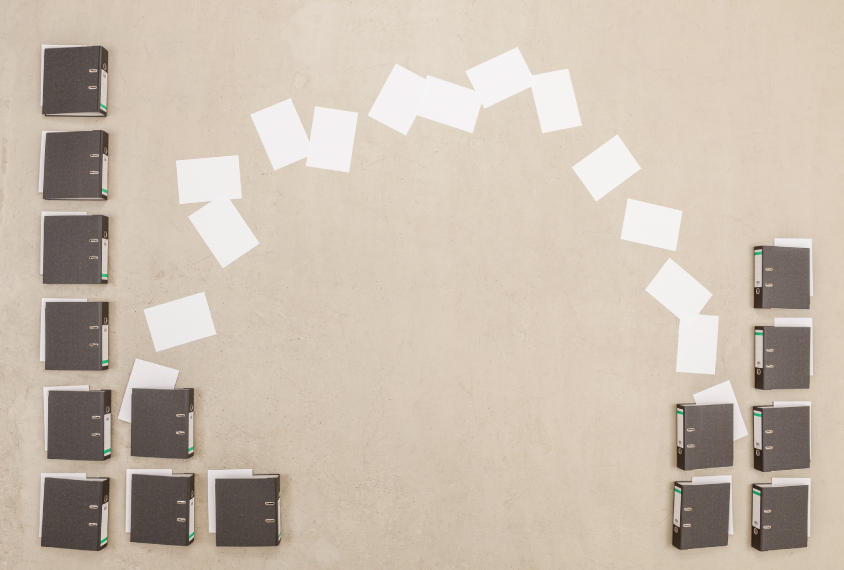
Registry for autism-linked syndrome spurs new research
Nine U.S. clinics are pooling their data to create a registry of people who have an extra copy of a region on chromosome 15 called 15q11-13, a genetic abnormality often found in people with autism.
Editor’s Note
This article was originally published 29 July 2016, based on preliminary data presented at the 2016 dup15q Alliance Scientific Meeting in Silver Spring, Maryland. The findings discussed below were published 18 October 2017 in JMIR Research Protocols1.
Nine U.S. clinics are pooling their data to create a registry of people who have an extra copy of a region of chromosome 15. The region, called 15q11-13, is a genetic abnormality frequently found in people with autism. Researchers described the resource yesterday at a conference in Silver Spring, Maryland, hosted by the Dup15q Alliance and the Angelman Syndrome Foundation.
Part of a national consortium, doctors at these clinics evaluate and treat people with the chromosomal quirk, known as 15q duplication (dup15q) syndrome. They also collect data about each person’s behavioral and physical features, medication use and test results, such as those for autism.
The clinics are standardizing how they collect these data before sending them to a central repository. The repository will house information about more people with the syndrome than are typically found at a single clinic.
“It allows us to start having a dialogue about what kinds of patterns we’re seeing, what kind of assessments we should be doing, and the best practices for monitoring, treating and managing these patients and helping these families,” says Shafali Jeste, associate professor of psychiatry and neurology at the University of California, Los Angeles, who leads one of the clinics. Jeste described the repository at the meeting.
Big awakening:
The registry originated in 2014 at the UT Le Bonheur Duplication15q Clinic in Memphis, Tennessee. It houses data from 50 people with the syndrome, says Lawrence Reiter, who directs the Memphis clinic and spearheaded the creation of the registry. Only four of the sites have entered data, so that number should grow, Reiter says.
Much of the data, which are kept anonymous, come from questionnaires completed by parents and caregivers of people with dup15q syndrome. These capture features of the condition such as intellectual, motor and behavioral difficulties; speech and language problems; seizures; sleep disturbances and gastrointestinal problems.
In a preliminary analysis of the repository data, Reiter found hints of two types of sleep disturbances in people with dup15 syndrome. In both, individuals awaken in the middle of the night. But most of these individuals tend to fall back asleep within minutes, whereas a small number remain awake for more than an hour, Reiter says.
The repository might one day be used to study the effectiveness of various medications — such as those for epilepsy — in people with the syndrome, Reiter says.
“It gives us a way to come up with hypotheses we can test,” he says.
Only researchers at the participating clinics can access the registry, but Reiter says the Dup15q Alliance plans to eventually make the data available to all researchers.
For more reports from the Dup15q Alliance Scientific Meeting, please click here.
References:
- Ajayi O.J. et al. JMIR Res. Protoc. 6, e194 (2017) PubMed
Recommended reading

New organoid atlas unveils four neurodevelopmental signatures
Explore more from The Transmitter
Snoozing dragons stir up ancient evidence of sleep’s dual nature

The Transmitter’s most-read neuroscience book excerpts of 2025


